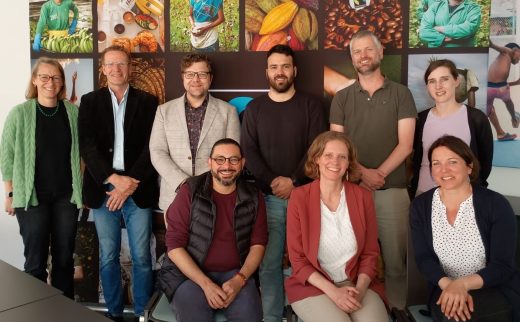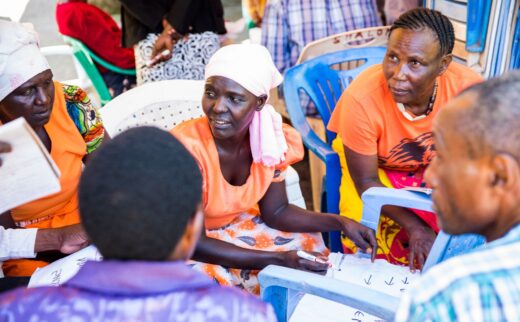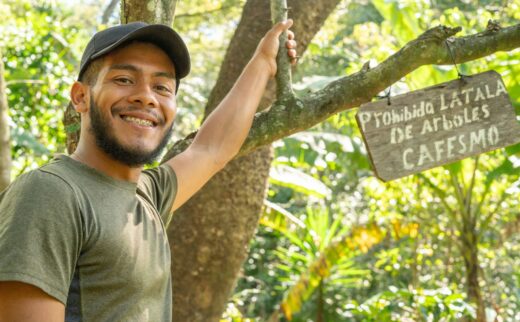What you always wanted to know about coffee and climate change
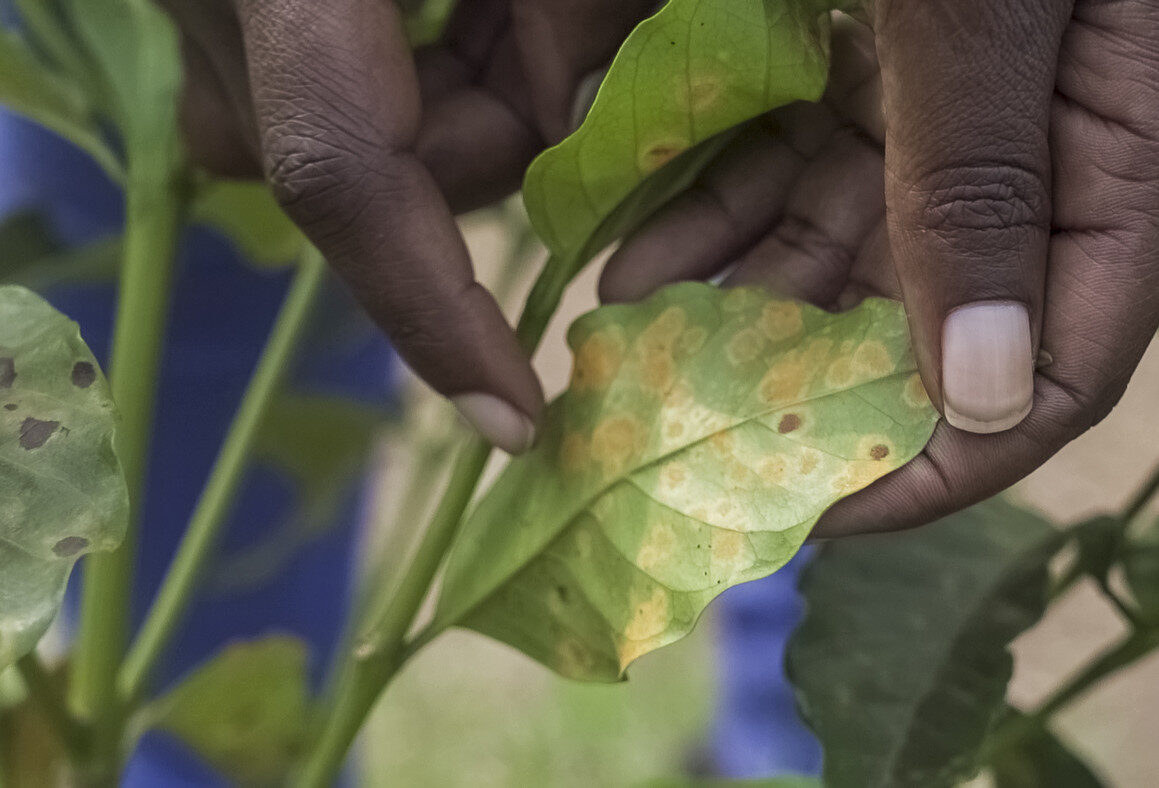
Billions cups of coffee are consumed every day around the globe. But most coffee drinkers are not aware about the effects of climate change on coffee production. Or that coffee might disappear by the end of this century. The initiative for coffee&climate is addressing the pressing issue of climate change effects on coffee and answers most urgent questions.
Why is climate change a problem for the coffee sector?
Climate change is putting the future of the entire coffee sector at risk. The effects are already a reality for the world’s 12.4 million smallholder coffee farming families. For most of them, coffee is their main or only source of income, and entire regions depend upon the viability of coffee as a cash crop. Changing weather patterns including prolonged dry spells, water shortage, hailstorms, erratic and extreme rainfall, have a strong impact on coffee production, especially as most of the smallholder families depend on rainfed agriculture. Rising temperatures are triggering the spread of new pest and diseases, destroying crops and harvests.
Climate change is more than just a problem, it’s jeopardizing the entire coffee sector’s future. If no action is taken, coffee could be eradicated by the end of the century.
Find out about the coffee&climate approach to the problem.
How do smallholder coffee farmers feel the impact of climate change?
Changing weather patterns leading to prolonged dry spells, water shortage, hailstorms, and irregularity in seasons among other challenges, not only have a strong impact on coffee production, but threaten the livelihood of smallholder coffee farming families. Increasing soil degradation through water and wind erosion will further reduce the resilience to increasing temperature and extreme drought and/or flooding events.
Climate models project that important coffee growing regions around the world will most likely be lost if no climate adaptation measures are implemented immediately. With coffee reaching the lowest prices in the last decade, climate change has further encouraged smallholders to give up on coffee and migrate away of coffee growing regions.
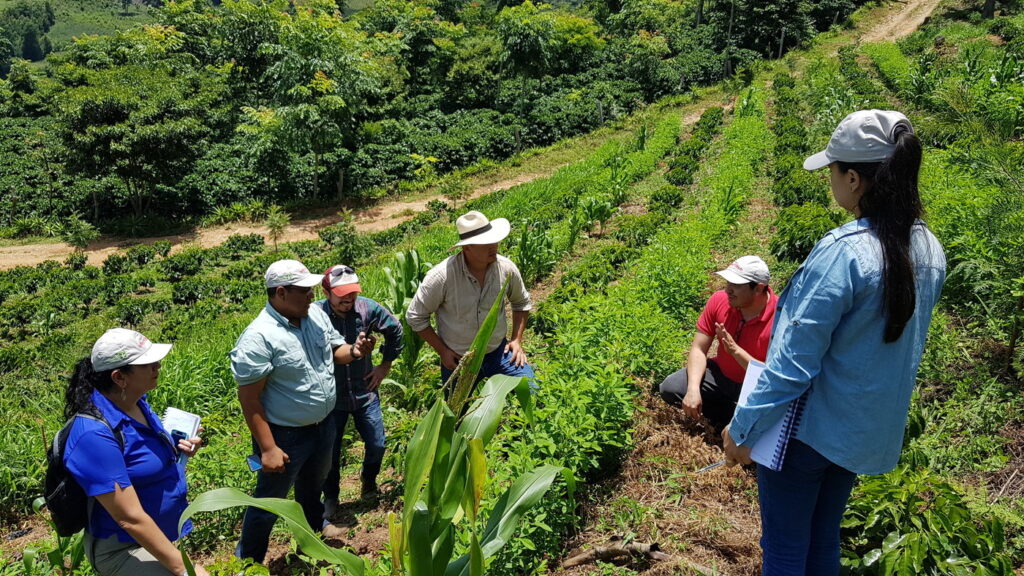
How is climate change affecting coffee production of smallholder coffee farmers?
Coffee trees get washed away, dry out or drown. Harvests are lost or of bad quality. The effects of climate change on the coffee tree triggers an increase of pest and disease pressure in many coffee regions. Although climate smart practices are the best choice for an integrated pest and disease management, many smallholder families lack the knowledge on biological or “traditional” control mechanisms. That’s why, despite the hazards, they often depend on the use of agrochemicals to maintain a stable coffee production.
Intensified use of agrochemicals has become a major health and environmental risk in the coffee communities and leads to an increase of carbon emissions from coffee production into the environment.
Raising temperatures force farmer families to grow coffee in higher altitudes for which they increase deforestation.
In addition to climate change, poverty, market disruptions and high production costs have made rural livelihoods no longer seen as a viable option. As a result of no longer seeing agriculture as a means to reach a prosperous life, youth are deciding to leave their communities and migrate to urban centers to search for other opportunities.
What do smallholder farmers need to do to adapt to climate change?
Adapting coffee production systems and landscapes to climate change requires innovation, creativity, engagement of different experts, and, above all, partnership within the coffee sector and willingness to work together towards climate resilience. Without the adequate implementation of proven practices and effective climate approaches such as the coffee&climate methodology, the coffee industry might not only loose significant sourcing regions, but make the next generation of smallholders disappear over time. We must strengthen their livelihood situation instead and give them the proper tools to become resilient towards climate change.
Young people in coffee regions are part of the answer for effective climate action. Youth are the driving force behind innovations, the use of digital solutions or the creation and implementation of a new and future oriented version of their coffee region.
coffee&climate promotes the exchange of knowledge, learnings, best practices and challenges with the sector through the c&c toolbox and Communities of Practice.

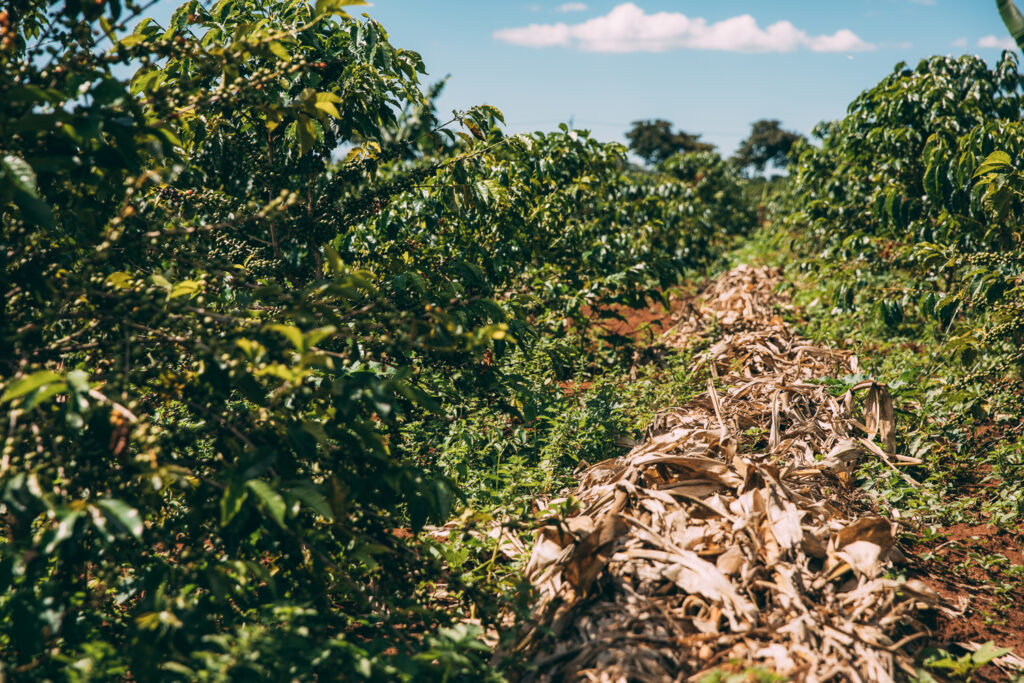
What is the connection between coffee farming and deforestation?
Deforestation of protected and unprotected areas and sensitive wildlife habitat remains a threat in coffee landscapes as, due to climate change, coffee production might shift to higher altitudes which in most coffee regions are under forest. The degradation of forests impairs important ecosystem functions, e.g. their significant carbon storage potential but also their critical importance for protecting water supplies.
The coffee industry should work towards deforestation free coffee. Forests and forest trees need to be an essential element of coffee landscapes.
Can coffee farming be an instrument for carbon compensation?
Most coffee producing regions around the world are under immense pressure due to changing climate conditions, rising costs, and low coffee prices. Despite agroforestry’s advantages, currently smallholder coffee farming families do not receive an incentive for maintaining these systems although they contribute significantly to the storage and long-term systemic sequestration of CO2. In addition, these systems offer ecological diversity, further income sources, closed nutrient cycles, with less input use, and protecting natural resources.
Providing smallholder families with financial rewards for investing and maintaining in agroforestry production systems is a first step towards resilient livelihoods.
coffee&climate develops, tests and evaluates a framework for carbon accounting to generate CO2 credits recognizing the environmental services of diversified coffee production systems and landscapes and servicing as potential financial incentives for farming families. It will also meet the demand of the industry for establishing carbon neutral supply chains.
What is the connection between climate change and agrochemicals in coffee production?
The effects of climate change on the coffee tree triggers an increase of pest and disease pressure in many coffee regions. Although climate smart practices are the best choice for an integrated pest and disease management, many smallholder families lack the knowledge on biological or “traditional” control mechanisms. That’s why, despite the hazards, they often depend on the use of agrochemicals to maintain a stable coffee production.
Intensified use of agrochemicals has become a major health and environmental risk in the coffee communities and leads to an increase of carbon emissions from coffee production into the environment.
coffee&climate supports the access to climate smart practices and integrated pest and disease management. Smallholder families to a large extent lack the know-how and the expertise as well as access to information on the correct application, storage and disposal of agrochemicals. c&c raises awareness of the hazards related to agrochemicals and promotes their safe use and handling, including finding ways to eliminate the use of banned pesticides and implement measures against non-authorized products and mixes.

